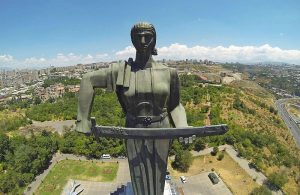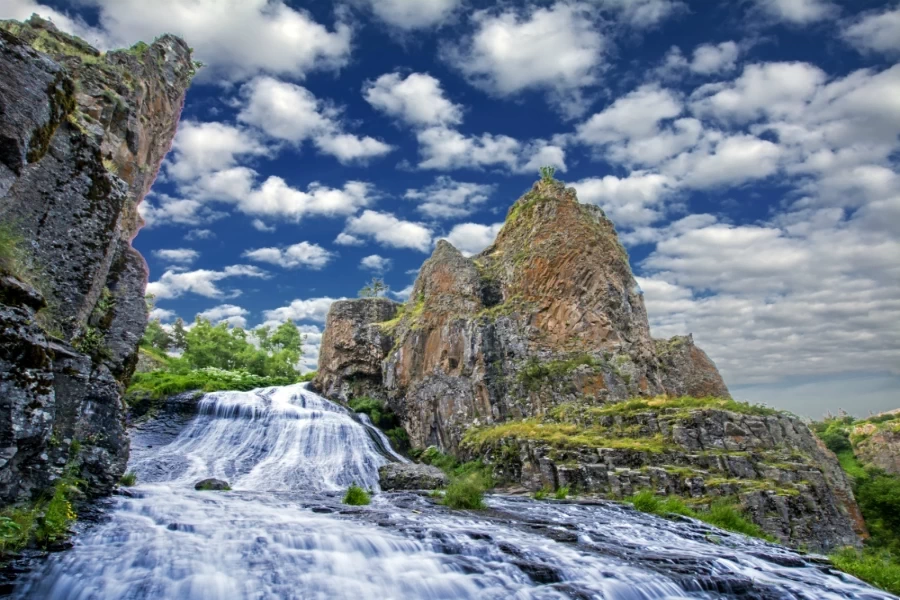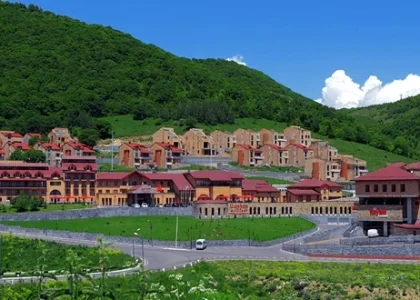Lake Kari is situated in Armenia on the slopes of Mount Aragats. The lake sits approximately 3,185 meters above sea level, surrounded by U-shaped mountainous terrain. It has a circumference of 1,150 meters, a depth of up to 8 meters, a surface area of 0.12 square kilometers, and a volume of 375,000 cubic meters. The lake was formed in a closed valley surrounded by glacial deposits.
Water Characteristics and Composition:
The waters of Lake Kari are known for their clarity and coldness, primarily sourced from rainfall and melting snow. The lake remains frozen for about 8 to 9 months each year, creating a harsh environment for living organisms. In 1963, a type of Sevan trout was introduced to the lake, but while the fish did not reproduce, they grew at a faster rate than in Lake Sevan.
History and Uses:
According to one theory, the lake was man-made and used for irrigation purposes during the pre-Urartian period. The lake was the source of the Geghadzor River, which flowed into the Shirak Plain. In the 17th century, Catholicos Philip I ordered the source of the river to be closed and connected the lake to the Amberd River, a tributary of the Kasagh River. This channel later disappeared.
Adjacent to the lake is a cosmic ray station established by physicists Abraham and Artem Alikhanian in 1943. This station is one of the oldest research facilities in the region, contributing to the study of cosmic rays.
Accessibility and Modern Uses:
Lake Kari is accessible from the south via a road from the village of Aghdzk, with another route beginning from the Armenian Alphabet Monument connecting to the main road from the east. These roads are closed in winter due to snow, which may last until late May. The lake serves as a starting point for climbing the southern summit of Mount Aragats, making it a popular destination for adventure enthusiasts and mountaineers.
Additional Information:
Lake Kari is one of Armenia’s picturesque natural landmarks, attracting tourists and explorers eager to discover the beauty of Armenian nature and unique mountainous terrain. It also plays an important role in scientific and environmental studies in the region.

























